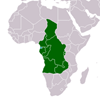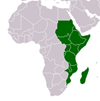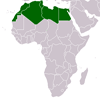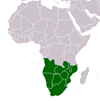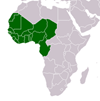A Dynamic Model of Inflation of Kenya, 1974-96
A Dynamic Model of Inflation of Kenya, 1974-96
This paper analyses the dynamics of inflation in Kenya between 1974 and 1996, a period characterised by eternal shocks and internal disequilibria. By developing a parsimonious and empirically constant model, we find that the exchange rate, foreign prices and terms of trade have long-run effects on inflation, while money supply and interest rate only have short-run effects. Inertia is found to be important up until 1993, when about 40% of the current inflation was carried over to the next quarter. After 1993, inertia drops to about 10%. Moreover, inflation is also influenced by changes in maize-grain prices, indicating a non-negligible role for agricultural supply constraints in the inflation process.
CITATION: Durevall, D.. A Dynamic Model of Inflation of Kenya, 1974-96 . Oxford : Oxford University Press , 2001. Journal of African Economies Volume 10 Issue 1 Mar 2001 pp. 92-125 - Available at: https://library.au.int/frdynamic-model-inflation-kenya-1974-96

